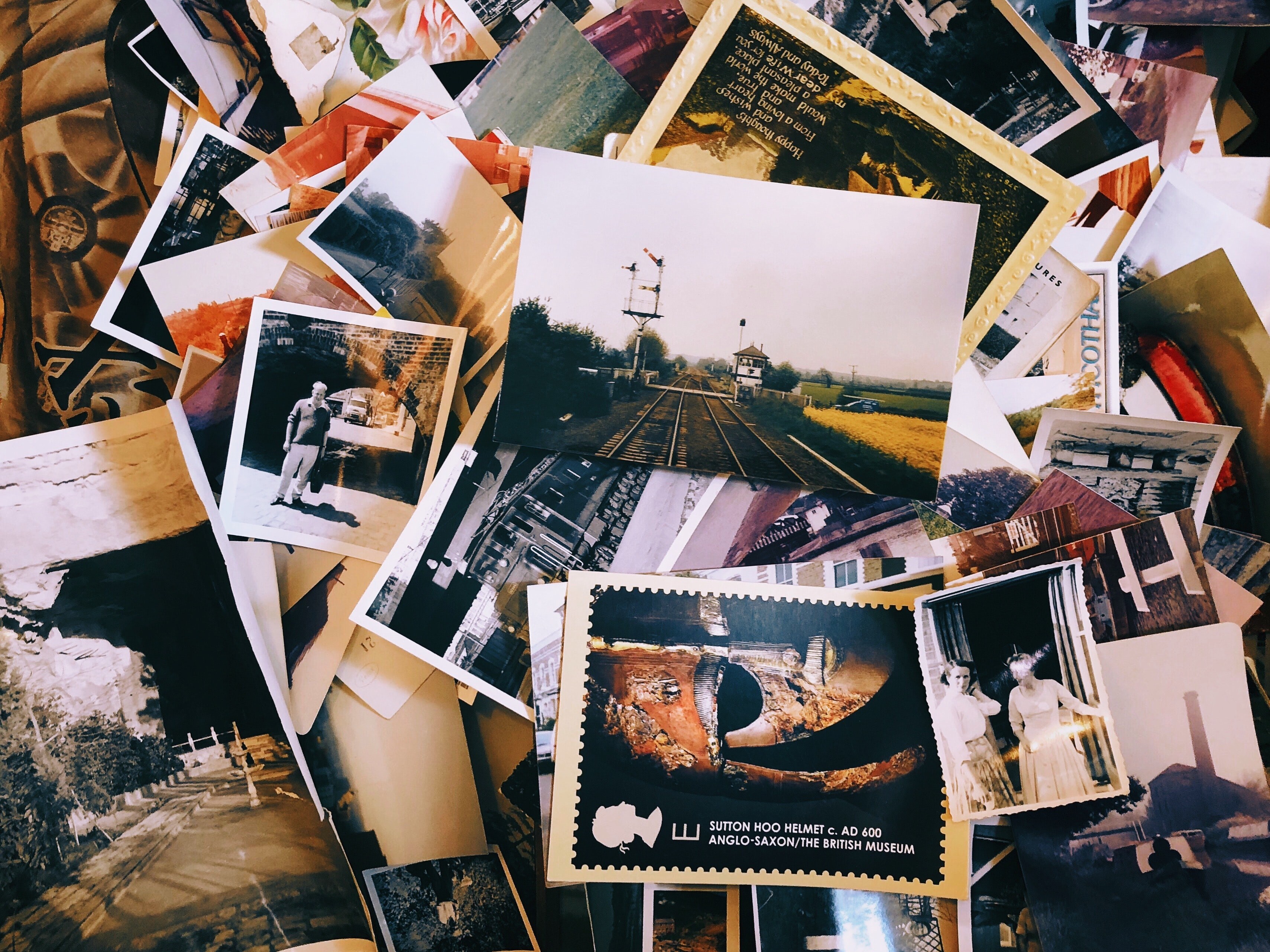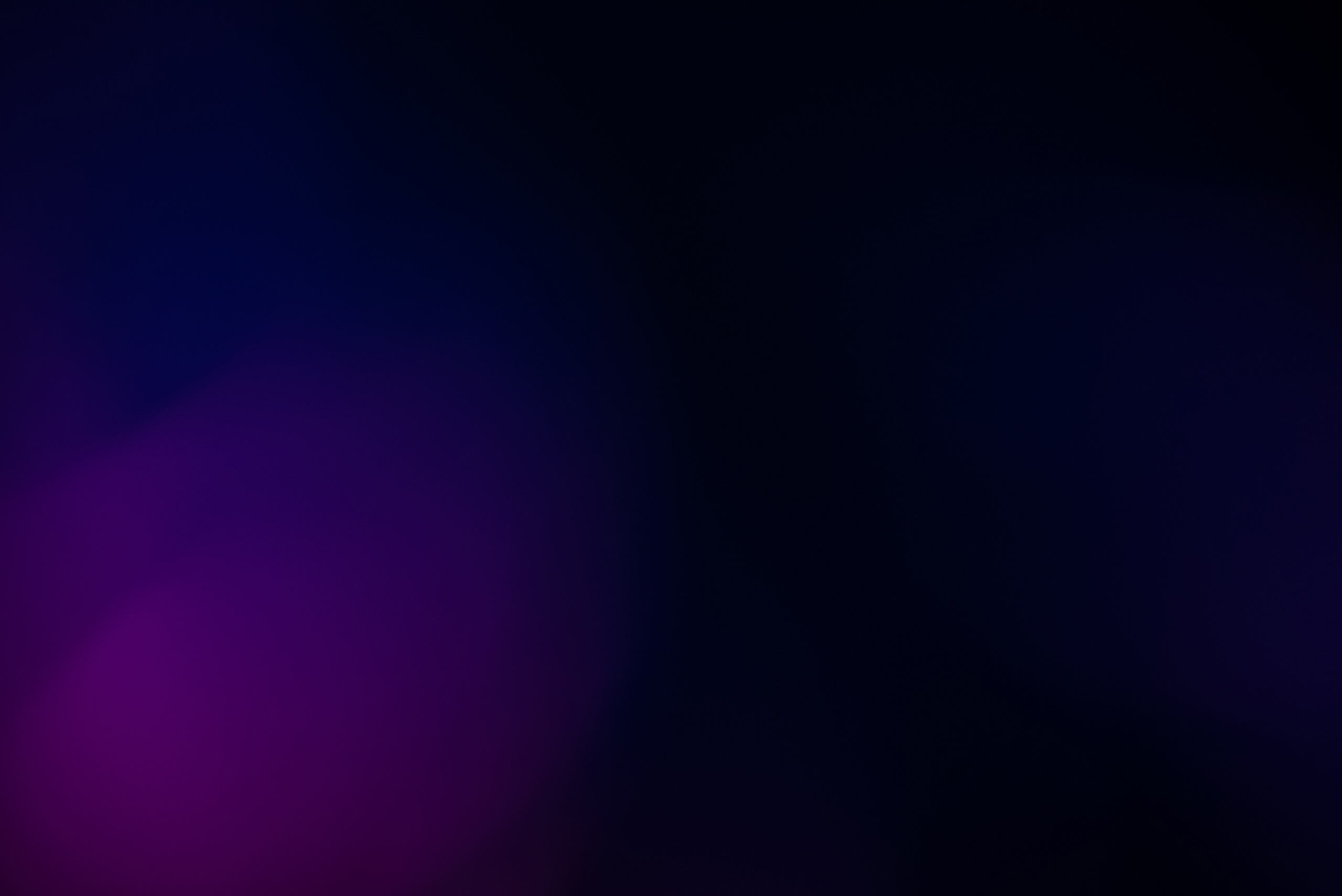

Oct 05, 2022
2022's top-grossing movie of the summer? Top Gun: Maverick - a sequel. (Closely followed by Jurassic World - the seventh instalment in the franchise, and Minions 2 - both a sequel and a spin off).
BBC Sound of 2022? PinkPantheress - a musician whose tracks are built on 90s and 00s samples.
Number 1 track in the UK charts on 17th June, 2022? Running Up That Hill, by Kate Bush, first released in August 1985.
But at the same time, Spotify claims 70,000 tracks are uploaded every day. YouTube uploads 30,000 hours of new content every hour. Twitch broadcasts +7.5M streamers, and roughly 4m books are published annually in the U.S. — nearly half of those self-published, a +250% increase over just five years.
So why, when more people are producing more content than ever before, are we choosing to return to old favourites, classics and familiar narratives? Why choose the same comfortable sweater when you have the whole wardrobe at your fingertips?
The answer (or at least part of the answer) - Medicinal Nostalgia.

Dylan Viner, Managing Partner at TRIPTK, a cultural research and brand consultancy
So what is medicinal nostalgia, and why is it occurring?
Much like the familiarity of horror movie tropes (the virgin, the final girl, the cabin in the woods), medicinal nostalgia is a cultural prescription to combat the unpredictability of current events. We're turning to nostalgia as a way to process current turbulence. It's safe, familiar, and we know the ending. And it's everywhere.
What's driving this now (apart from the obvious):

Matt Klein, cultural strategist
Combined, these drivers are pushing us towards a cultural singularity where everything that's new is old, and, whilst this may feel temporarily cosy and safe, it's not a positive indicator for the future of creativity.
If you're interested in diving deeper into the cultural paradox, why it's happening, the consequences, and our responsibility as creators and consumers to confront what's happening - we recommend reading Matt Klein's full essay here.